KEY RESULTS
The Slash Workers
The future of independent work will be led by an emerging class of intrepid professionals who have rewritten the definition of freelance. This study gives us the insights.
Open the floodgates.
Led by creatives, newly independent workers have taken over.
Two-thirds of the freelancers we surveyed went independent within the last three years.
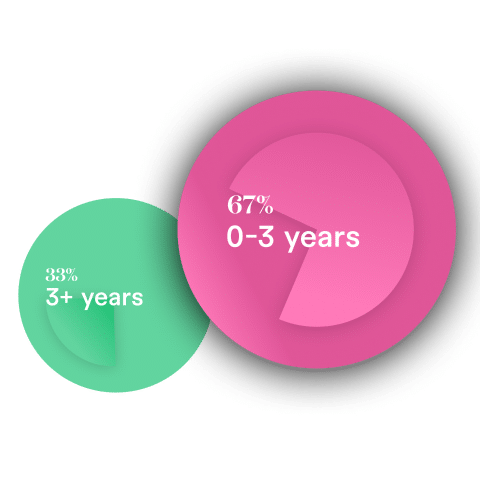
Freelance isn’t
a fallback.
Just 6% of the people we surveyed said they're only freelancing until a full-time opportunity comes along.
Going independent is a conscious choice for the lion’s share (94%) the freelancers we interviewed, and 41% said they intend to freelance forever (foreva eva eva?).
They’re optimistic, too: 45% of the freelancers in our study said they feel more secure in their employment this year compared to last—that’s twice as many who said they felt less secure.
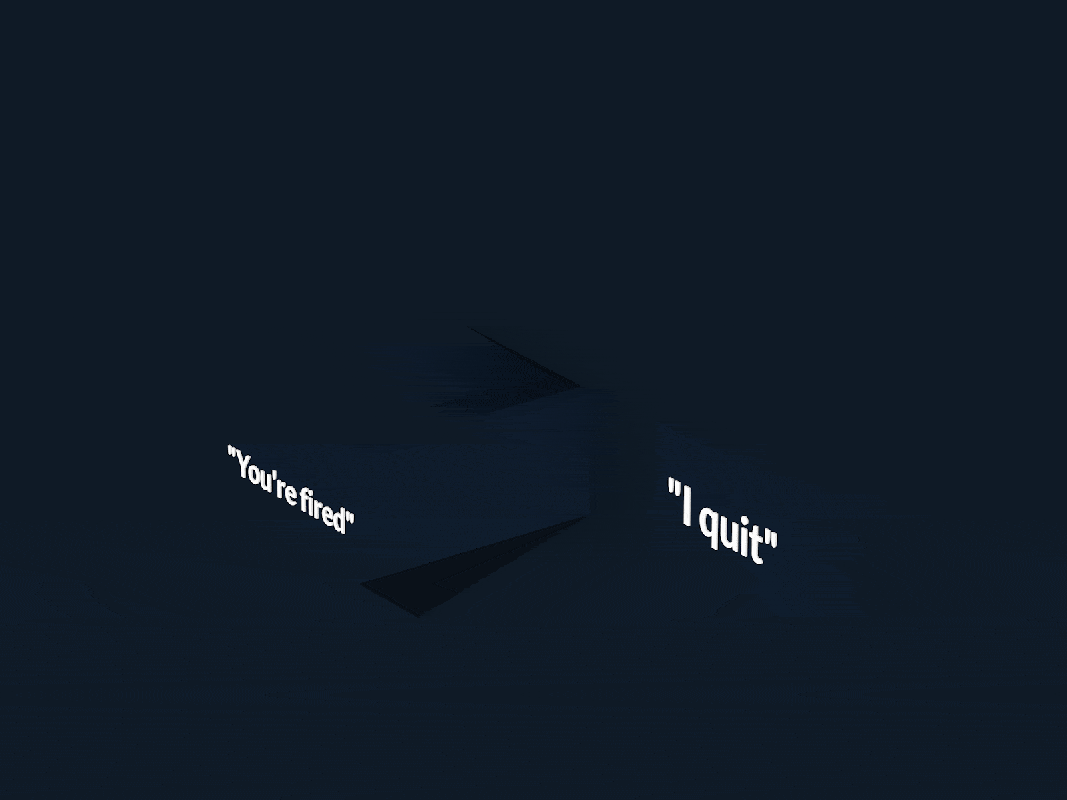
Meet the
'Slash Workers.'
Multiple passion points. Multiple revenue streams.
As vast majority of freelancers we interviewed—95% of them—are what we call “Slash Workers,” or independent workers whose services or skills vary by client and project. Most freelancers (61%) specialize across two to three talents.
Only 5% of respondents said they focus their work around a single skillset, and just 13% work for one client at a time.

Not about
the Benjamins.
Why did they go independent? Only 7% of the respondents said it was for the financial upside.
Moreover, 40% of freelancers in our study said their leading reason for going independent was for “personal growth.” The second most-cited reason was “flexibility.”
Freedom is the
new wealth.
Freelancers aren’t chasing the coin. They’re after a better life.
A majority of freelancers we surveyed, 77%, admitted they’re not more financially stable since going independent: 43% say they are worse off and 34% say they’re about the same.
And yet, they’re markedly happier: 68% of respondents said their quality of life has improved since going independent. For freelancers, happiness isn’t about the money. It’s about the freedom to do what they love on their own terms.

Yep, there's a
wage gap.
Nearly half of the women we surveyed make less than $25,000/year.
More than 48% of the women we surveyed fell into the lowest income bracket (34% of men were in this income range). Men were 4.5X more likely to be earning $150,000+ than women.
Interestingly, men were more likely to be stiffed than women: 49% of males in our study have been stiffed vs. 38% of females.
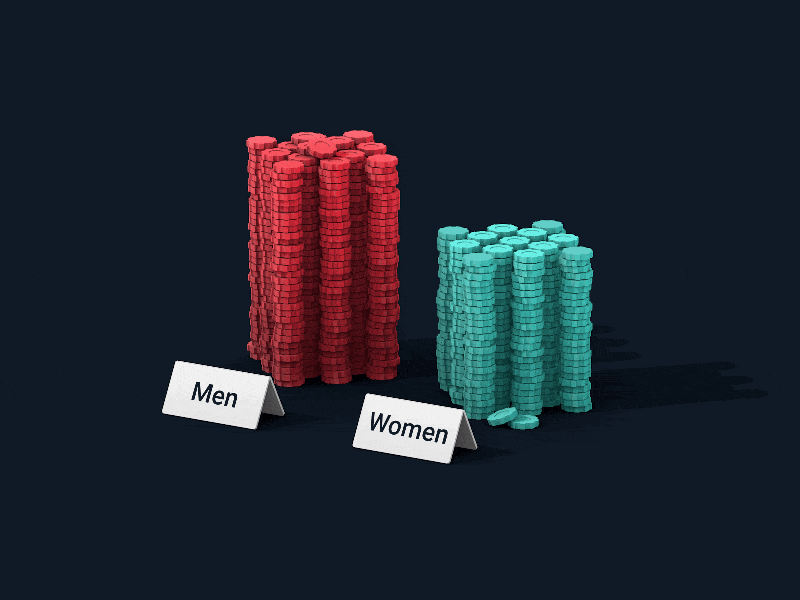
Death to the office.
The global economy is giving independents the freedom to work most anywhere.
Digital nomads, many of whom live and work abroad, were more likely to cite an improved quality of life since going independent (76% vs. the 68% of all freelancers surveyed).
Looking ahead, 60% of freelancers we surveyed said they’d be interested in pursuing a nomadic lifestyle in the future.
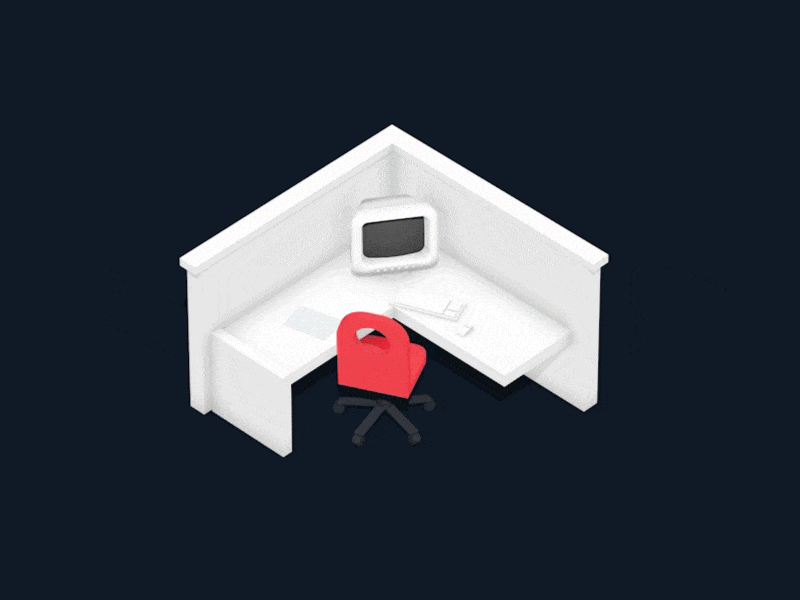
I pay you … not.
Freelancers are getting stiffed at all income levels.
In our study, 44% of respondents told us they’ve been stiffed by a client before. Nearly half of respondents who had been stiffed said the reason was that companies don’t take freelancers seriously. Another 35% blamed vague or shoddy freelance contracts for not getting paid.
More than 60% of respondents believe the freelance stigma is real, and that there’s a general lack of respect for the community.
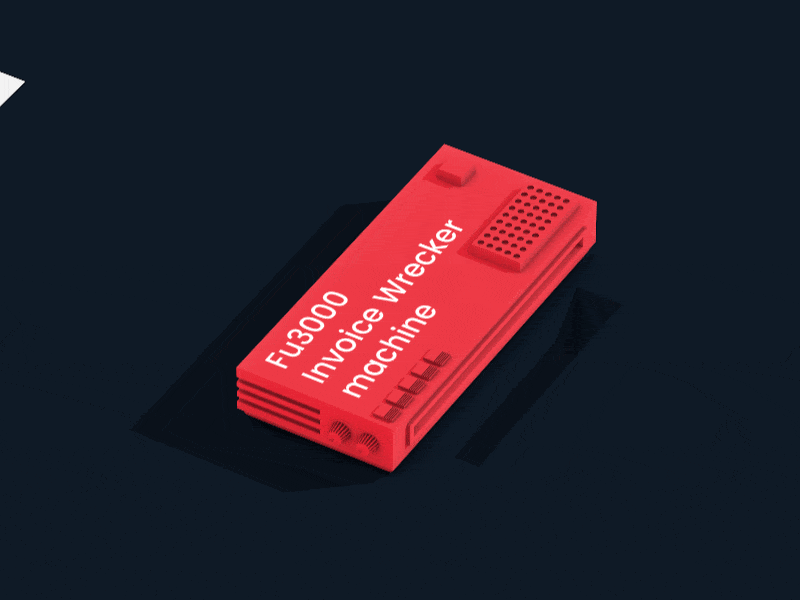
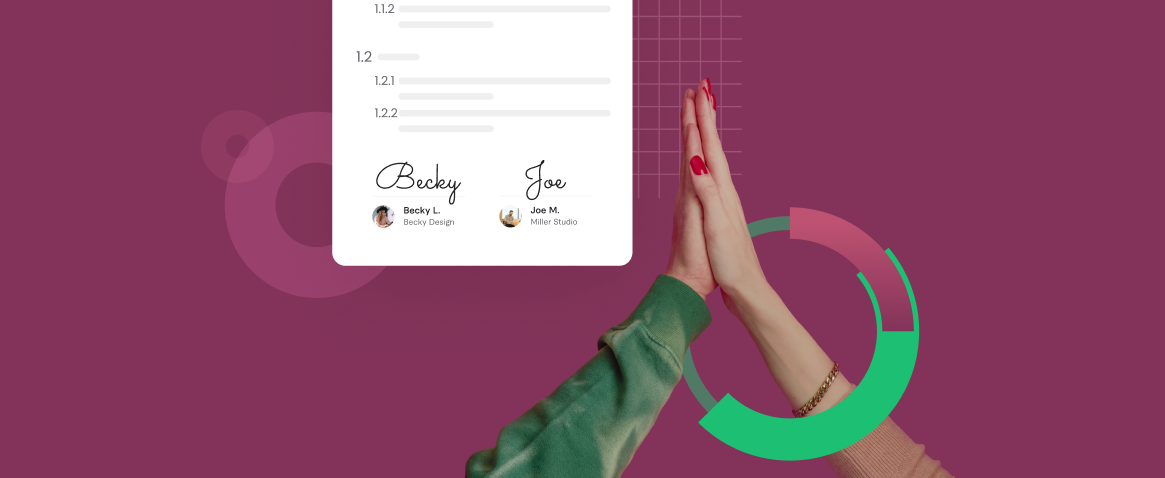
Protect yourself with The Freelance Contract from Fiverr Workspace & the Freelancers Union.
Oliver Ginsburg, Chief operator
What’s missing?
Sixty-one percent of respondents said they miss the feeling of community that a traditional workplace offers.
Nearly half of the freelancers we surveyed would like companies to offer more remote work opportunities.
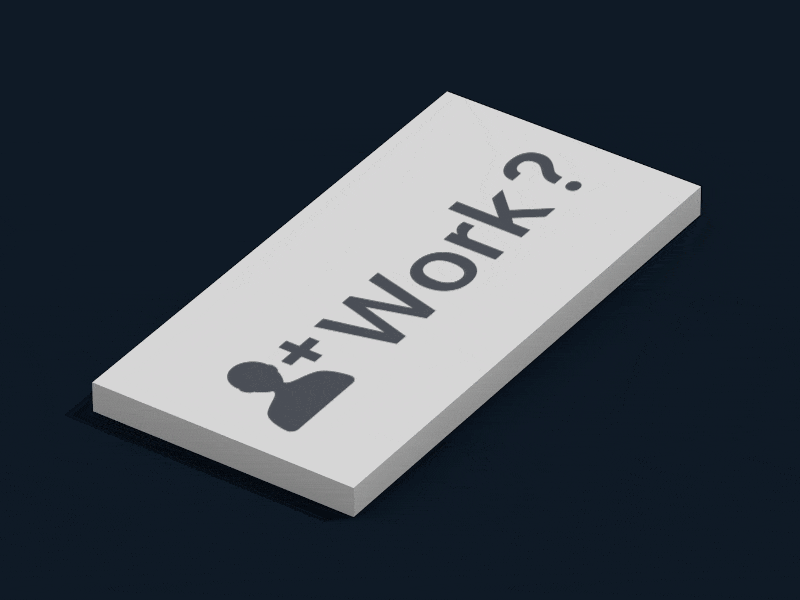
What’s next?
It’s time to formally classify & empower the Slash Worker generation.
The way people navigate their careers is rapidly changing. Savvy professionals, broad in their talents and entrepreneurial in spirit, are customizing their career paths independently. As they write their own rules, they are collectively rewriting standards of labor that have existed for centuries.

NOW
All the results.
While we cherry-picked the most interesting insights in the main report, we also wanted to share the full findings. The graphs below reflect the full breadth of our survey and covers everything from where freelancers prefer to work to their perspectives on globalization. If you’re a journalist or blogger, you can download the graphs here.
How do you identify yourself as an independent worker?
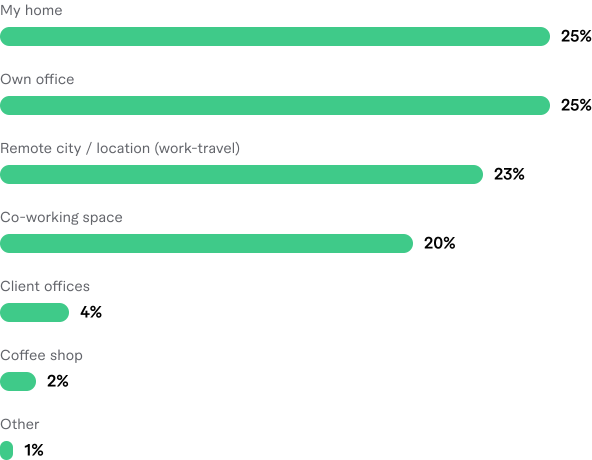
On average, how many projects do you juggle at a given time?
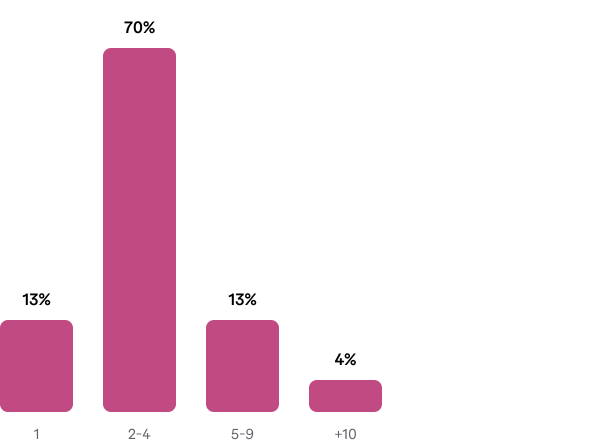
Do you believe there's a general lack of respect for the freelance community?
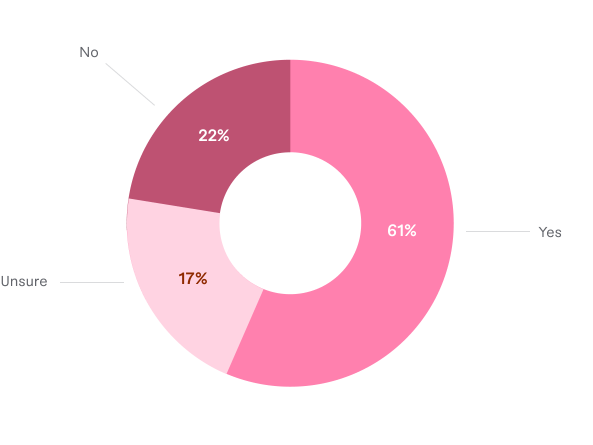
How many different skills or work functions do you actively sell?
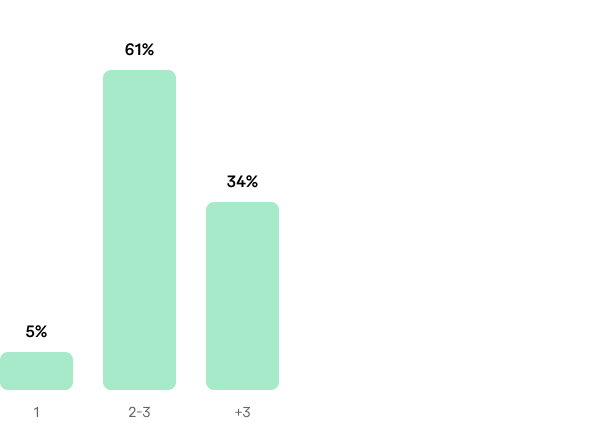
What is the nature of your work?
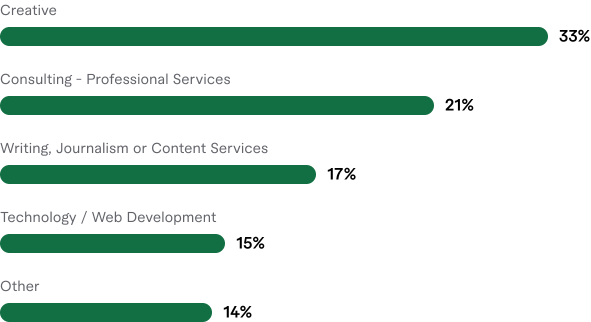
On the Office
In a given week, where do you typically work?
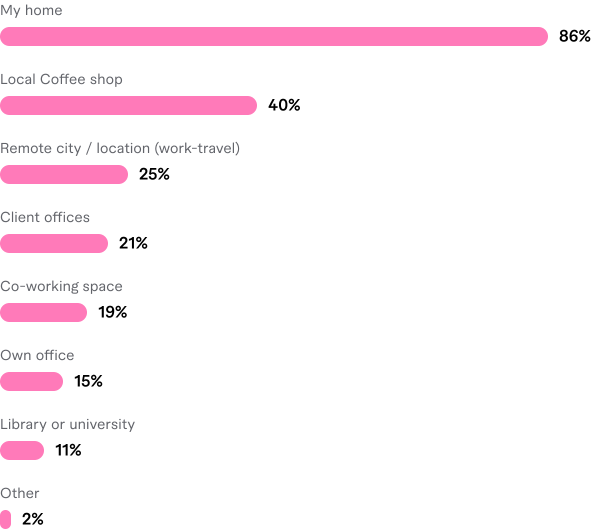
In an ideal world, where would you be working the most?
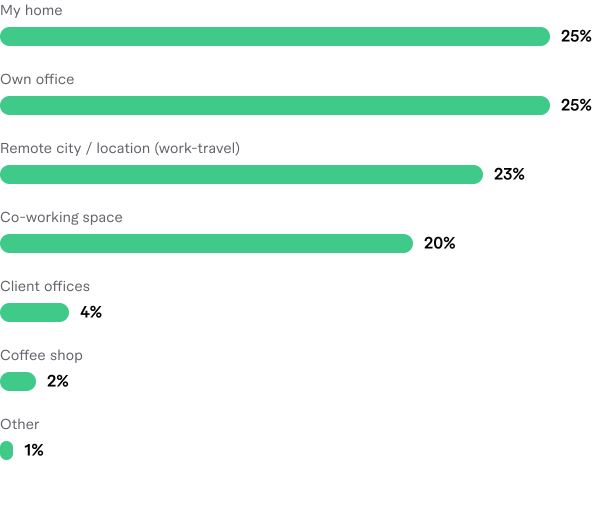
Does the idea of becoming a digital nomad appeal to you?
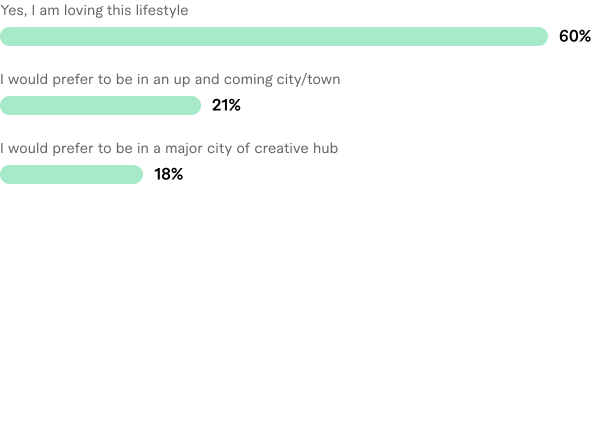
Where do you live currently?
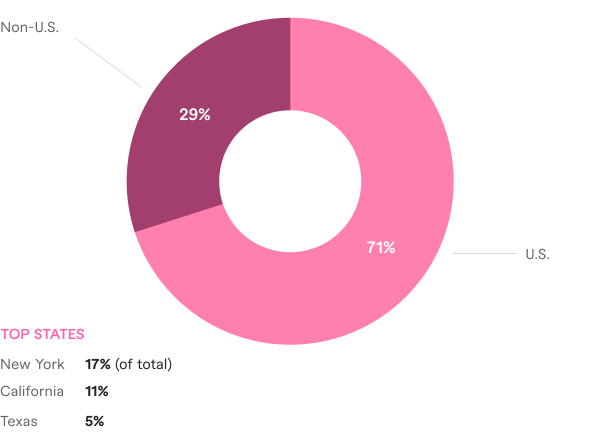
On the Money.
Have you ever not gotten paid for an invoice?
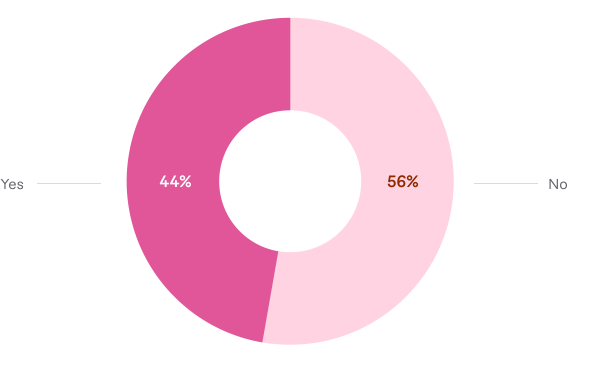
Compared to this time last year, do you feel more or less secure in your self-employment?

If yes, why do you believe this happened to you?
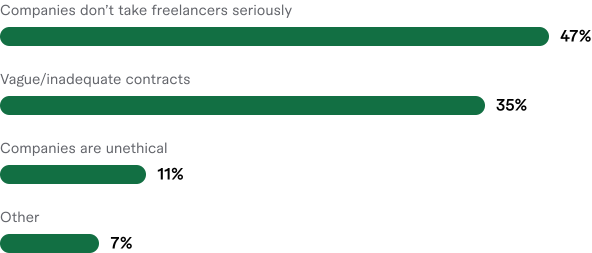
Since you’ve been self-employed, how have your overall finances evolved?
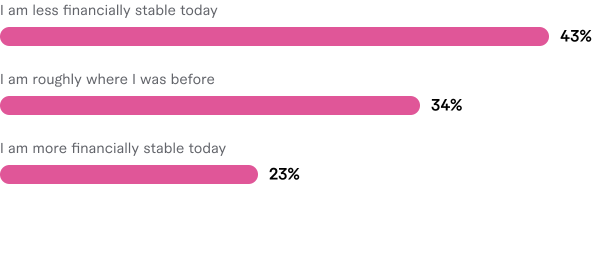
On the Business.
How important is personal branding and marketing to the future growth of your business?
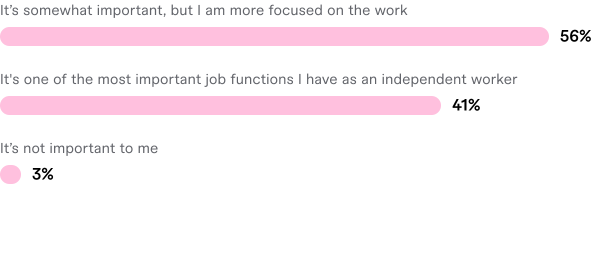
How do you typically find work?
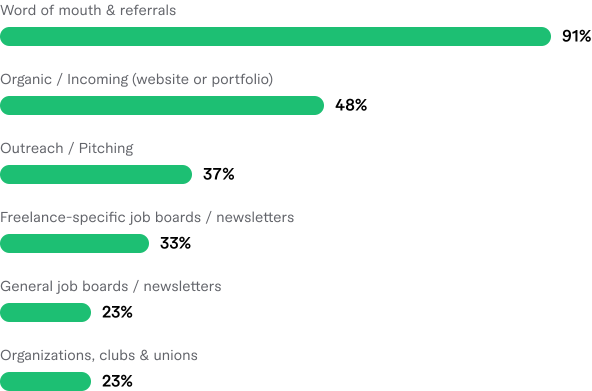
How do you currently market yourself?
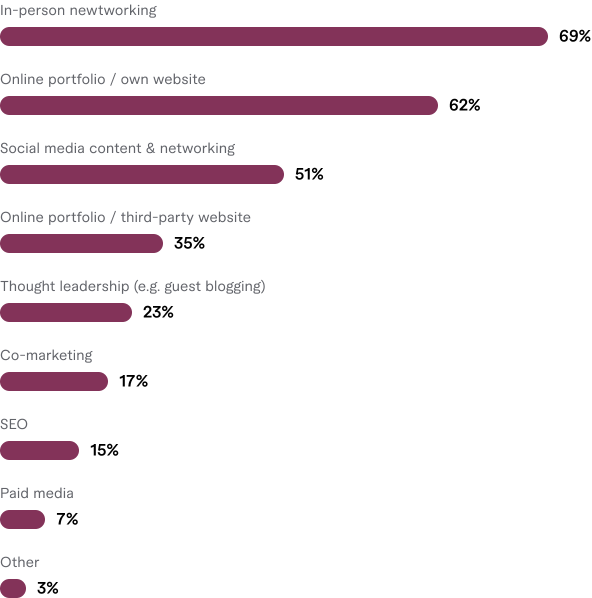
For which functions do you leverage technology/software solutions?
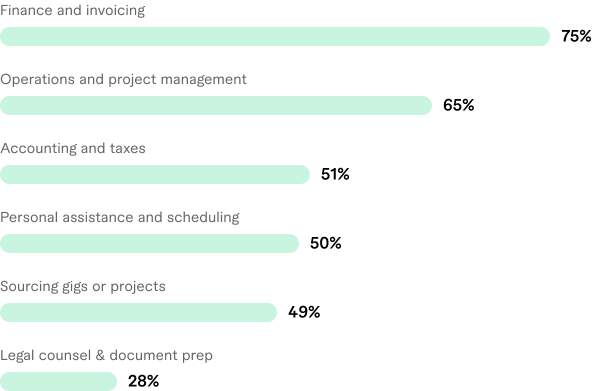
On the Mindset.
For how long have you been self-employed?
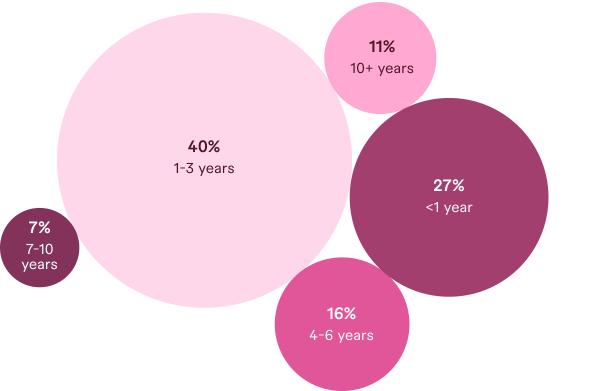
In terms of your personal career path, which objectives are important to you?
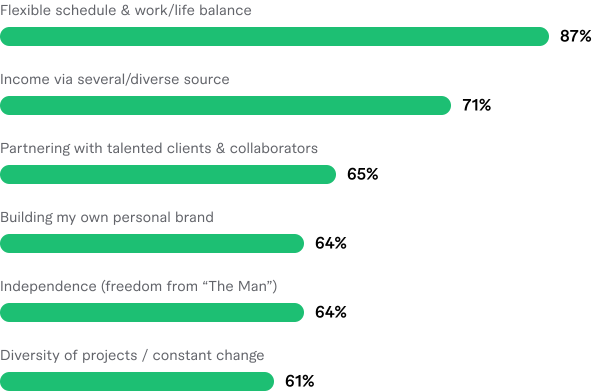
Why did you go freelance?
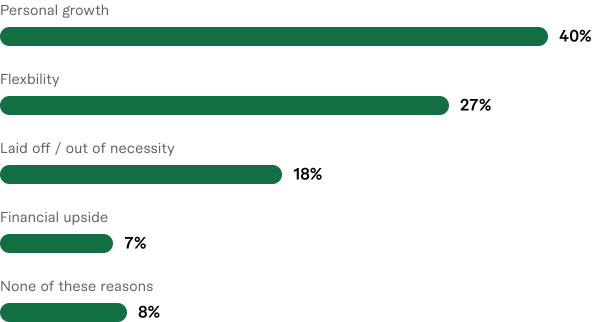
Are you concerned about the future impact if AI/job automation on your freelance business?
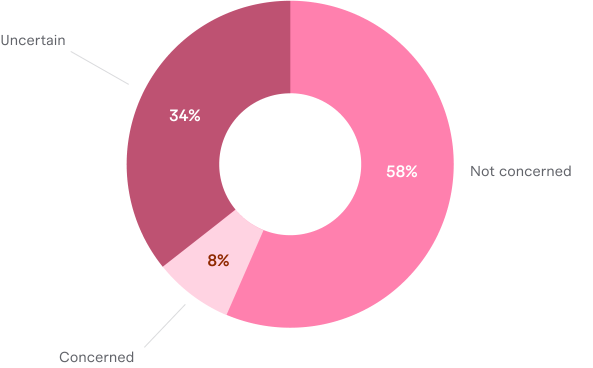
How long do you want to be self-employed?

How do you perceive globalization in relation to your freelance business?

On the Lifestyle.
Since becoming self-employed, how has your quality of life evolved?
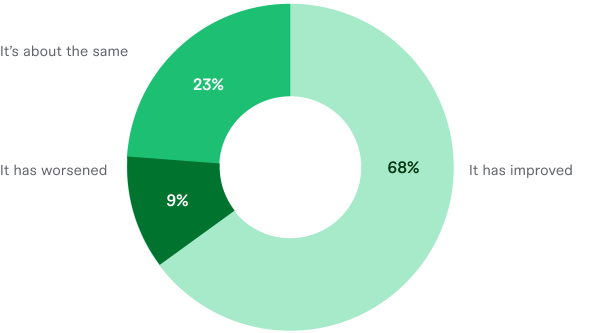
What’s missing from the freelance world that you’d like to see more of in the future?
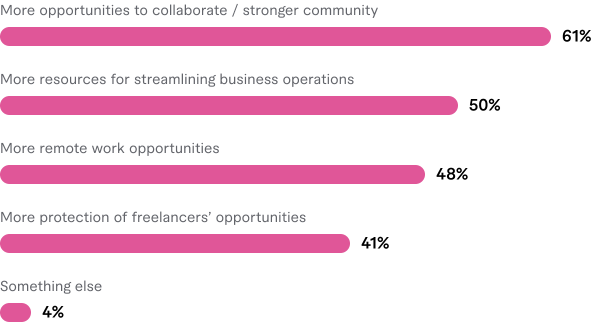
Which freelance trade-off is most challenging for you?
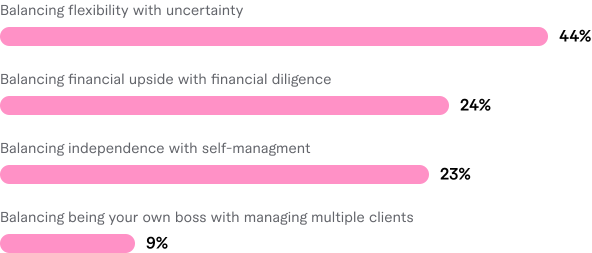
Methodology.
Fiverr Workspace surveyed 300 independent workers in February and March 2017. The respondents reflected a 52%/47%/1% male/female/other split. Twenty-nine percent of respondents live outside of the United States. Of the independents we surveyed, 33% describe themselves as creatives, 21% as professional services consultants, 17% writing and content experts; 15% tech and development contractors, and 14% “Other.” The median income of the respondents was $25,000 to $49,999, in line with the U.S. median single taxpayer income (2014) of $34,940.
Gender
Male: 52% (155)
Female: 47% (142)
Other 1% (1)
Nature of work
Creative/design: 33%
Consulting – Professional Services: 21%
Writing/Journalism/Content: 17%
Tech/Web Design: 15%
Other 14%
Region
Non-U.S.: 29% (87)
U.S.: 71% (213)
Top 3 states
NY: 23%
California: 15%
Texas: 7%
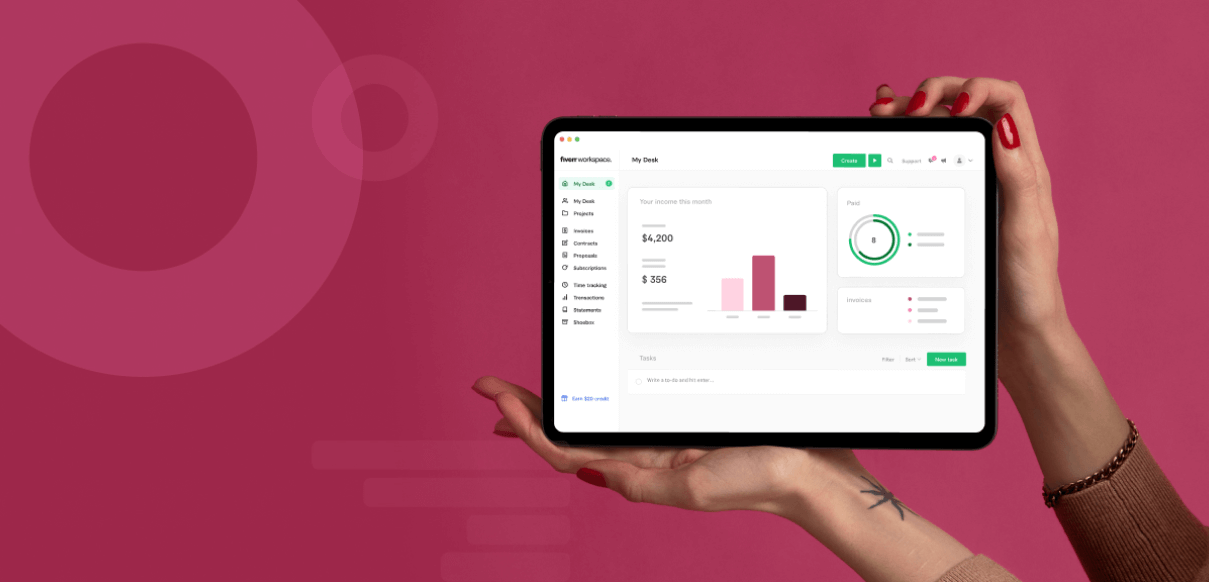
About Fiverr Workspace
Fiverr Workspace is the support structure for freelancers. It’s an app that proactively helps you manage your business from proposal to payment, freeing up time to do more of what you love: the work. It’s free to start!
Ready to Shine?
Manage your business with Fiverr Workspace, and get back to the work that drives you.
- No credit card
- No spam
- No hassle